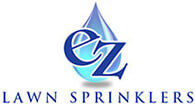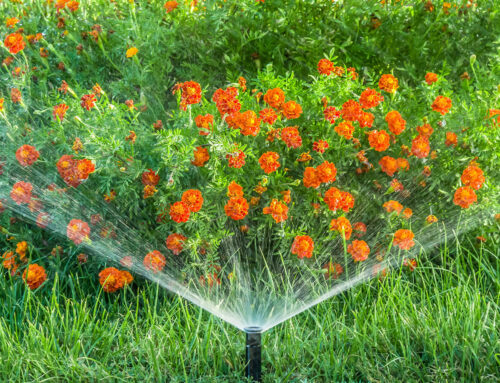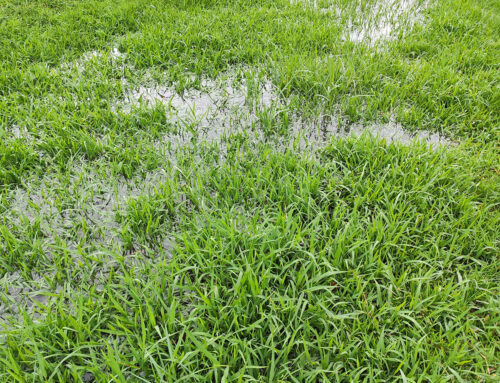A properly functioning sprinkler system is essential for keeping your lawn healthy after winter. However, many homeowners make mistakes when starting their system in spring, leading to water waste, uneven coverage, or costly repairs. Avoiding these errors and seeking professional assistance can ensure efficient performance and a lush, green lawn all season.
1. Turning the System On Too Quickly
One of the most common mistakes homeowners make in spring is turning their sprinkler system on too quickly. After months of inactivity, the pipes, valves, and sprinkler heads need a controlled restart to prevent sudden pressure surges that can cause damage.
The Risk of Sudden Water Pressure
When water is released too fast, the sudden rush creates a “water hammer” effect – an intense pressure spike that can crack pipes, loosen fittings, and even break sprinkler heads. This can lead to hidden leaks that increase water bills and reduce system efficiency.
Why Professional Start-Up Matters
A gradual start-up process helps prevent these issues. Professionals will slowly open the main water valve, allowing pressure to build up steadily throughout the system. They will also inspect for any signs of damage, ensuring that weak spots are addressed before they turn into costly repairs.
2. Skipping a Thorough System Inspection
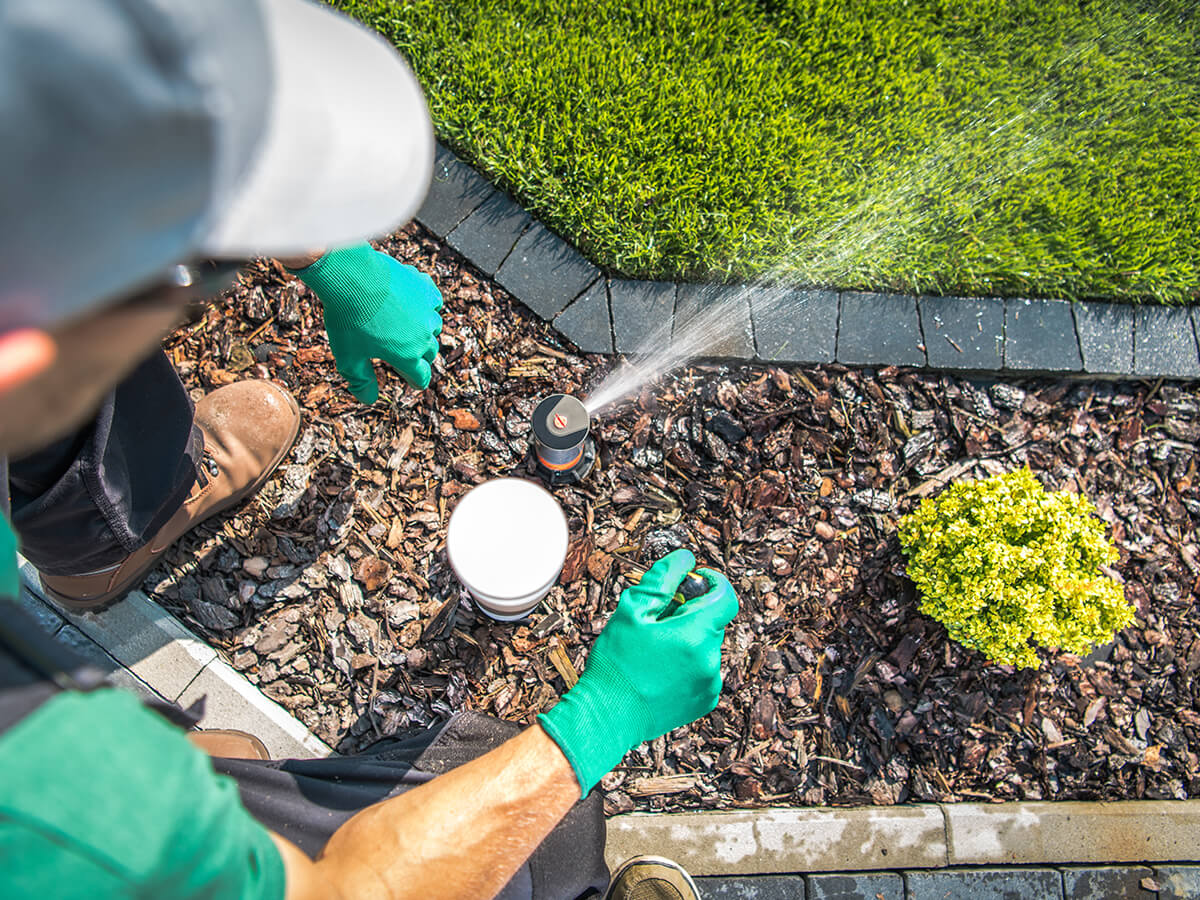
After months of winter dormancy, your sprinkler system may have developed hidden issues that can affect its performance. Skipping a thorough inspection before turning it on can lead to inefficiencies, water waste, and expensive repairs later in the season. A careful check ensures your system is functioning properly and ready for the demands of spring.
Common Issues That Go Unnoticed
Cold temperatures, soil shifts, and ice buildup can cause cracks in pipes, misaligned sprinkler heads, or damaged valves. Small leaks may not be immediately visible but can lead to weak water pressure and increased utility costs. Additionally, dirt and debris can clog nozzles, resulting in uneven watering that leaves some areas dry while over-saturating others.
The Benefits of a Professional Inspection
Professionals have the expertise to detect and address these hidden problems before they worsen. They will inspect the entire system, checking for leaks, broken components, and proper alignment of sprinkler heads.
3. Overlooking Backflow Prevention Testing
Backflow prevention is a critical part of any sprinkler system, yet it’s often overlooked during spring start-up. Without proper testing, a faulty backflow preventer can allow contaminants to enter your household water supply, posing serious health risks.
Why Backflow Prevention Matters
Sprinkler systems are connected to the main water line, which means any backflow (when water flows in the wrong direction) can introduce pesticides, fertilizers, and bacteria from the lawn into your drinking water. Winter conditions can cause backflow valves to crack or weaken, reducing their ability to function correctly when the system is restarted.
The Importance of Professional Testing
Certified professionals will ensure that your backflow preventer is working properly by performing pressure tests and inspecting for leaks or damage. Many municipalities require annual backflow testing to comply with local water safety regulations.
4. Setting Incorrect Watering Schedules
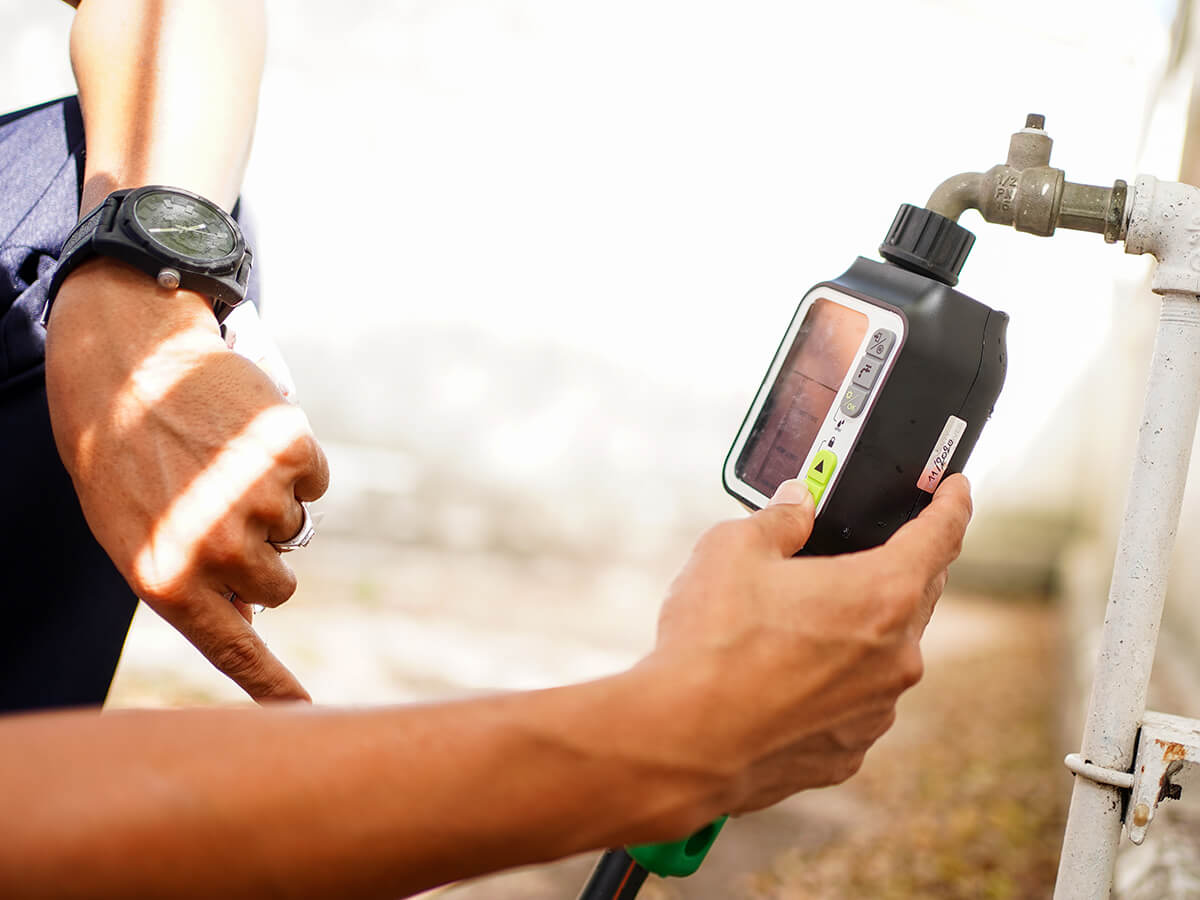
Watering your lawn at the wrong times or for improper durations can lead to overwatering, underwatering, and wasted resources. Many homeowners assume their previous year’s schedule will work in spring, but seasonal changes in temperature, rainfall, and soil conditions require adjustments for optimal efficiency.
The Impact of Inefficient Watering
Overwatering can drown grassroots, create fungal growth, and increase water bills, while underwatering leaves your lawn dry and weak. A common mistake is setting watering times too long or too short without considering soil moisture levels.
According to a study, sprinkler irrigation, using a rotating system and monitoring soil moisture, can optimize water use and reduce human intervention in barren lands while minimizing runoff (Thenmozhi et al., 2024). Applying these principles to your lawn can prevent excess water waste and improve grass health.
Why Professional Guidance is Essential
Experts will assess your lawn’s soil type, sun exposure, and seasonal rainfall to determine the right watering schedule. They will also recommend (and calibrate) smart controllers that can adjust irrigation based on real-time weather conditions, ensuring your lawn receives the right amount of water.
In some cases, professionals may suggest alternatives like drip irrigation in Toronto for garden beds or areas needing precise moisture control.
5. Ignoring Pipe Leaks and Pressure Issues
Hidden leaks and pressure problems can go unnoticed when starting your sprinkler system in spring, leading to inefficient watering and potential damage. Ignoring these issues can result in dry patches, water waste, and costly repairs down the line.
How Leaks and Pressure Fluctuations Affect Your System
Leaks in underground pipes may not be visible, but they can cause low water pressure, leading to weak sprinkler performance and uneven coverage.
Excessive pressure can strain pipes and sprinkler heads, increasing the risk of bursts or component failures. Sudden drops in pressure may indicate cracks or loose fittings, while surges can damage valves and cause misting instead of proper water distribution.
The Value of Professional Detection and Repairs
Experts will use specialized tools to detect hidden leaks and measure water pressure accurately. They can identify weak points in your system, adjust pressure regulators, and repair damaged pipes before they escalate into larger problems.
6. Not Flushing the System Properly
After months of inactivity, dirt, debris, and mineral buildup can accumulate in your sprinkler system’s pipes and nozzles. Failing to flush the system properly before starting it up can lead to blockages, uneven watering, and long-term damage to sprinkler components.
How Debris Affects Sprinkler Performance
Clogged nozzles and pipes can disrupt water flow, causing weak spray patterns or dry spots on your lawn. Debris buildup can also strain valves and sprinkler heads, leading to premature wear and tear. If left unchecked, sediment and small particles can spread throughout the system, increasing the risk of internal damage and reducing efficiency over time.
Professional Flushing for a Clean Start
A professional start-up service includes a thorough flush of the system, ensuring that all pipes and sprinkler heads are clear before regular operation begins. Experts will use controlled water flow techniques to remove debris without damaging delicate components.
Start Your Spring Right with Professional Sprinkler Care
Avoiding these common mistakes can save you time, money, and unnecessary headaches while keeping your lawn lush and healthy. Professional maintenance ensures your system runs efficiently, prevents costly damage, and optimizes water usage.
For expert service on irrigation systems in Toronto, trust EZ Lawn Sprinklers to handle your spring start-up with precision and care. Call (416) 580-3939 today to schedule an inspection and ensure your sprinkler system is ready for the season!
